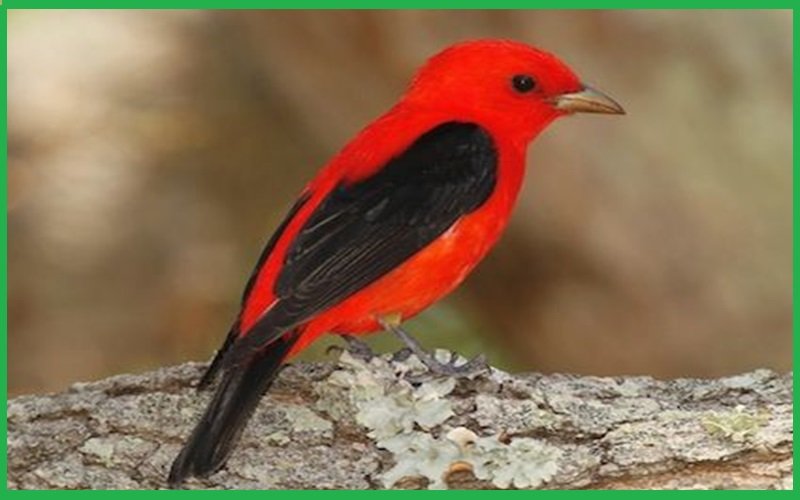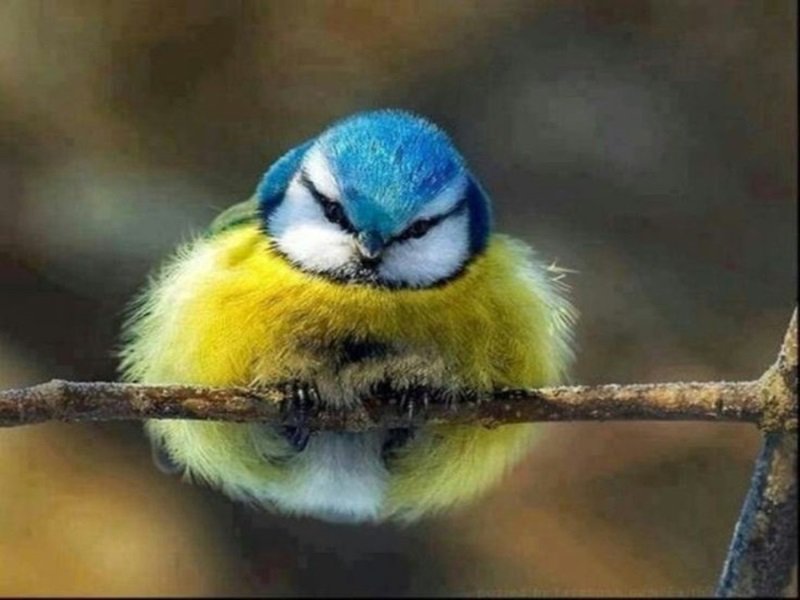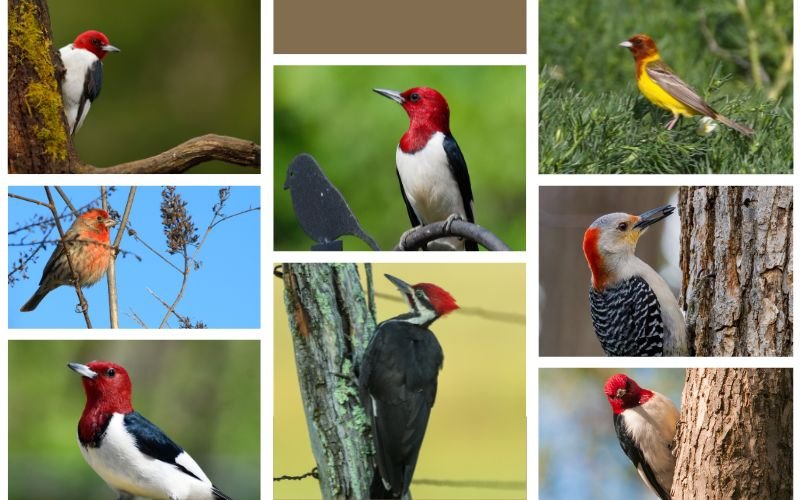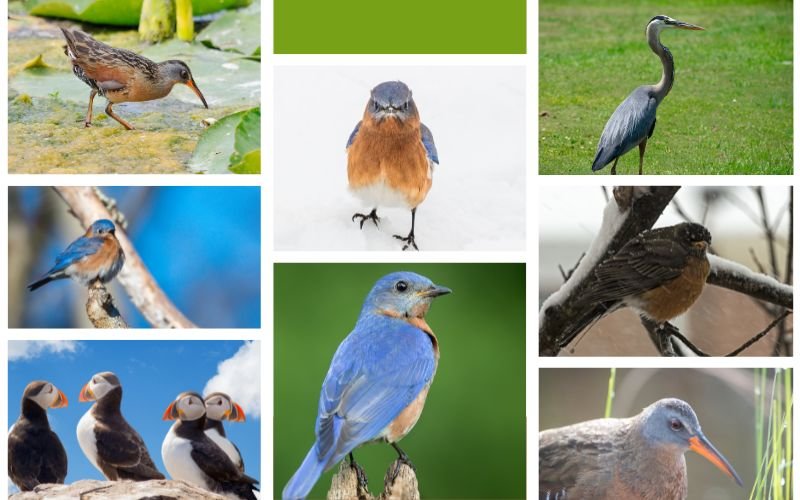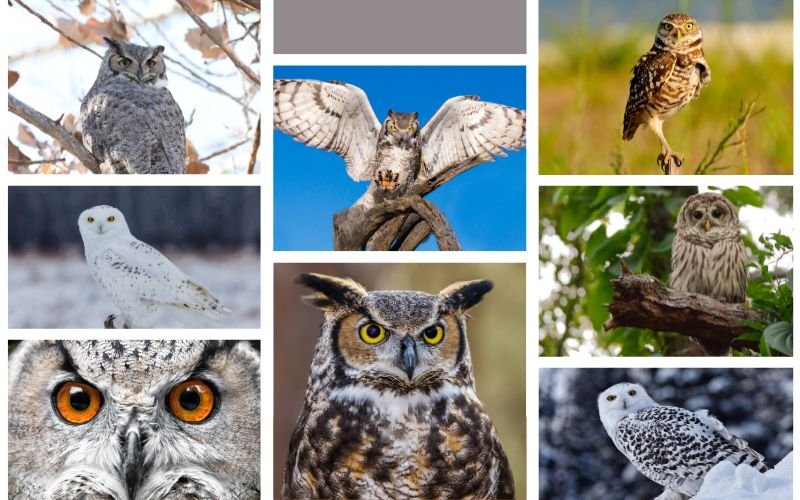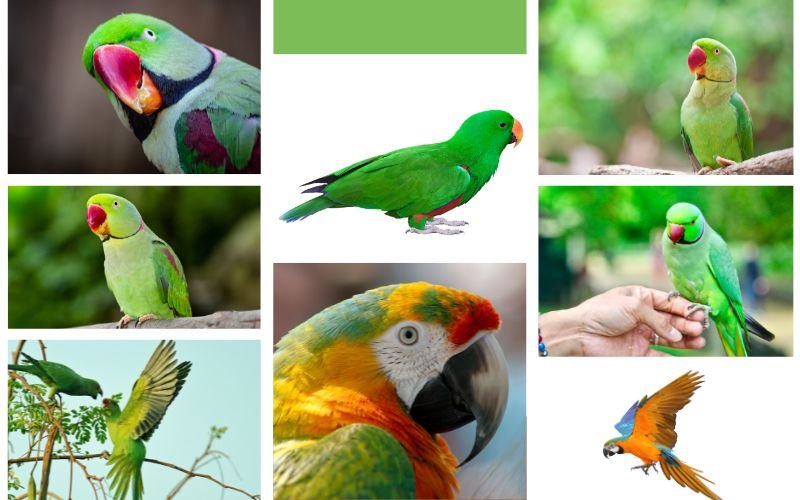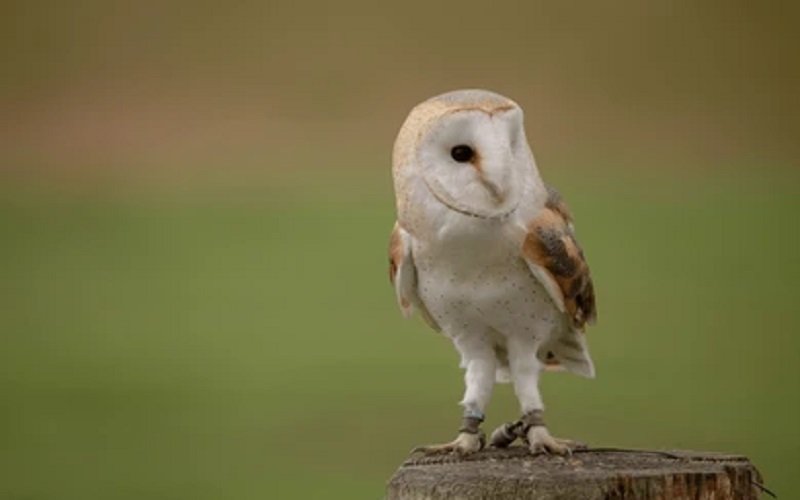Florida city is not only famous for their nature parks, amusement parks, and beaches but also famous for the immense diversity of avian species. Among all the species and diversity, green birds and their green plumage are evidently elegant, which makes them a closer relation to nature and earth. In this article, we will explore 15 top green birds by their physical characteristics, geographic distribution, habitat preferences, and food habits in Florida.
An Overview
Different species of green birds have different characteristics among nature and earth in Florida. Their different characteristics depend on their different species and ancestors. Let’s explore their physical characteristics, geographic distribution, habitat preferences, and feeding habits.
Physical characteristics
All these birds have similar physical characteristics with green plumage on their body. However, the green color might vary sometimes. It could be lime green, dark green, olive green, sea green, or forest green with other color contrasts such as white, brown, grey, black, etc. Their size and shape also vary from each other according to their subspecies nature. However, they all have green plumage with a combination of other color contrasts.
Geographic Distribution
The origins of these species are familiar in Florida city. However, they have different distributions before and after their migration period, breeding, and non-breeding season. They are mostly familiar in South America, northwest America, and Mexico in the United States. They prefer mostly wetlands, forests, grasslands, and coastal areas for their distribution.
Habitat Preferences
These green birds have diverse habitat preferences in Florida. Some species are fond of marshes and swamps. Some species prefer wooded areas and places. Some birds prefer landscape areas and urban areas for their habitats. Their habitats provide them security, secure homes, and food sources for survival.
Food habits
Green birds in Florida also have diverse food habits, just like habitat choices. Some birds or species of insects, such as ants, beetles, bees, butterflies, dragonflies, etc. Some prefer nectar from flowers, sunflowers, etc. Some prefer fruits. Some other birds eat what they have found on the ground.
Top 15 Green Birds In Florida
1. Buff-bellied Hummingbird (Amazilia yucatanensis)
Buff bellied Hummingbird is a small bird in Florida. Their weight is about 2.9 to 4.7 grams, and their length is about 10 to 11 centimeters. Their green plumage is olive green, and they have long curved red beaks. These species can live around 10 to 11 years.
Their origins are mostly in the United States, Mexico, Guatemala, and Belize. They eat arthropods, insects, and nectar from flowers, trees, and shrubs. They are fond of semi scrub forest areas for their habitats. Females make nests in trees, protecting their eggs from outer danger or predators.
2. Budgerigar (Melopsittacus undulatus)
Budgerigar birds are also considered common parakeet birds, budgies, or shell parakeets. Their body is a bright green color with a yellow head and face. Their wings have yellow and brown features with long tails. These species can live around 3 to 6 years.
They eat seeds, fruits, and grains in their diet. They are familiar in Australia and West Central Florida. Between June and September, their breeding season starts. They build their nests in tree holes. They have imitating skills. They can mimic humans and other birds and environmental sounds.
3. Monk parakeet (Myiopsitta monachus)
Monk parakeets are a species of parrot family. They are also regarded as Quaker parrots. Their body is green; their chests and belly are greyish-yellow with orange beaks.
They are familiar in South America, North America, and Europe. They have the potential to live around 20 to 30 years. These species use sticks to make their nests rather than tree holes or trunks for nesting.
4. Nanday Parakeet ( Aratinga nenday)
Nanda parakeets are another similar species of parrot birds. They are also regarded as black-hooded parakeets. Because their whole body has green plumage except for the head and beaks, their heads and beaks are black. They are familiar in South America, Brazil, Paraguay, Bolivia, and Argentina.
Their diet contains seeds, fruits, flowers, grains, and buds. They prefer forests, savanna areas for their habitats. They choose tree holes for their nests. Late female birds lay three to four eggs in that hole, protecting the egg and their territories.
5. Rose-ringed parakeet (Psittacula krameri)
Rose ringed parakeets are also regarded as ring-necked parakeets, Indian ringneck parrots. Their bodies are covered by green plumage and have red beaks. Their eyes are red, rose round eyes. They are familiar in Germany, France, Belgium, and other southern parts of Florida.
Their diet has fruits, seeds, flowers, berries, grains, etc. Sometimes they attack other birds’ nests, tree holes, and cavities and make their own. They can also harm farmlands and orchards.
6. White-winged parakeet (Brotogeris versicolurus)
White winged parakeets are also regarded as canary winged parakeets. It’s a small parrot with green and yellow feathers on their body. Their length is about 22 length.
They are mostly familiar with Florida in the United States. They can survive about 10 to 15 years. They mostly feed on fruits, seeds, nectar, and vegetables. They can solve puzzles with their intelligence.
7. Ruby-crowned kinglet (Regulus calendula)
Ruby crowned kinglet is a small green bird and they are familiar in North America. They visit Florida and the winter seasons. Their body has a grayish-green color and a yellow patch on the wings. They have a red patch on their head which looks like a crown.
They travel from the Southern United States and Mexico. They eat small insects, spiders, berries, etc for their food. These birds perform broken-wing acts so that they can distract predators’ attention and defend their territory.
8. Ovenbird ( Seiurus aurocapilla)
The oven birds are small songbirds familiar in Florida, North America, and Central America. Their body is olive green, and the lower side is black and white.
Ovenbird have small pointed beaks with pinkish legs and feet. They can survive about 7 to 10 years. In winter, they go to Central and Southern Florida for their residence.
9. Swainson’s warbler ( Limnothlypid Swainsonii)
Swainson’s warbler is a small bird in Florida with lime green and brown plumage with sharp beaks. The head and upper body part is brownish olive, and the lower part: the belly, chest, and abdomen, is lime green or olive green.
Their length is about 12 to 16 centimeters, and their weight is about 11 to 20 grams. In summer, they migrate to Florida, but at other times, they are familiar with the Southeastern United States. They prefer flooded areas like swamplands and canebrakes. Male and female birds together protect their territory from predators.
10. Wilson’s warbler (Cardellina pusilla)
Wilson Warbler is a small bird familiar in Florida in the western side of the United States, Mexico, and Central America. Their body is lime yellow green in color.
They have a potential survival time of around 6 years. Their wingspan is about 5 to 7 inches. In winter, they migrate to southeastern Florida. They prefer woodlands, ponds, and wet and moist areas for their habitats. They eat insects, beetles, caterpillars, and flies for their food habits.
11. Cuban emerald ( Riccordia ricordii)
Cuban emerald small bird with long curved beaks. They are another subspecies of hummingbird. Their body is shiny green and black plumage. Their length is about 10 to 12 centimeters. Their weights are about 2 to 5 grams.
They are familiar in North America and Central America. They mostly collect nectar from trees, flowers, and shrubs. They also eat small insects like ants, bees, butterflies, leafhoppers, etc.
12. Red-crowned Amazon ( Amazona viridigenalis)
Red crowned Amazon bird is another subspecies of the parrots family. They are familiar with Southern Mexico, Central America, and Northern Colombia, in Florida resistance. They have a red patch on their body that looks like a crown.
Their length is about 10 to 11 centimeters, and weight is about 270 grams. They have the potential to survive for around 20 to 60 years. They make noises with large flocks in the morning and evening. Their diet has fruits, seeds, flowers, nectar, etc.
13. Blue-Crowned Parakeet (Thectocercus acuticaudatus )
The Blue Crowned parakeet is associated with the parrots family with a blue head and green plumage body. They are also regarded as blue-crowned conures. They are familiar in Mexico, South America, and Central America.
They prefer woodlands, savanna, and tropical forests for their habitats. They build their nests in a hole in trees. The female birds sit on their eggs for 26 days to keep the egg warm. The chick leaves the nest after 52 days.
14. Ruby-throated Hummingbird ( Archilochus colubris)
Ruby-throated Hummingbird is similar subspecies of a hummingbird. They are familiar in Central America, Mexico, and Florida. They are about 7 to 9 centimeters long and weigh about 2 to 6 grams. Their body is shiny metallic green, and their lower body is greyish white with black wings.
They can survive around 3 to 5 years. Some birds spend all the year in Florida, but some spend their summer in Canada and North America. They prefer woodlands, parks, and gardens in South Florida for their habitats.
15. Painted Bunting (Passerina ciris)
Painted Bunting has vibrant colors and feathers and belongs to the Cardinals species. These adult male birds have navy blue heads, faces, and green feathers on their wings with dark tails.
Their chests and belly is vibrant red. They eat grasses, weeds, berries, fruits, insects, beetles, caterpillars, flies, and grasshoppers. They prefer Florida gardens, roadsides, and woodland areas for their habitats.
FAQ
Are There Any Small Yellow Birds Found in Florida?
Florida is home to a variety of small yellow birds. From the vibrant American Goldfinch to the striking Prothonotary Warbler, these little avian beauties add a splash of sunshine to the state’s diverse ecosystem. Bird enthusiasts flock to witness their bright plumage and melodious songs. So, yes, small yellow birds are indeed found in Florida.
Conclusion
In short, Florida has diverse avian species in their city. These green birds in Florida captivated bird observer attention towards them with their vibrant physical characteristics, geographic distribution, habitat preferences, and feeding habits.
Their survival and adaptation quality enrich Florida’s natural biodiversity and ecological system. There have been diverse avian species in Florida, for example, white birds in Florida. These species have their characteristics for adapting to nature. You may explore their life habits and behavior to understand the ecological attributes of Florida.




